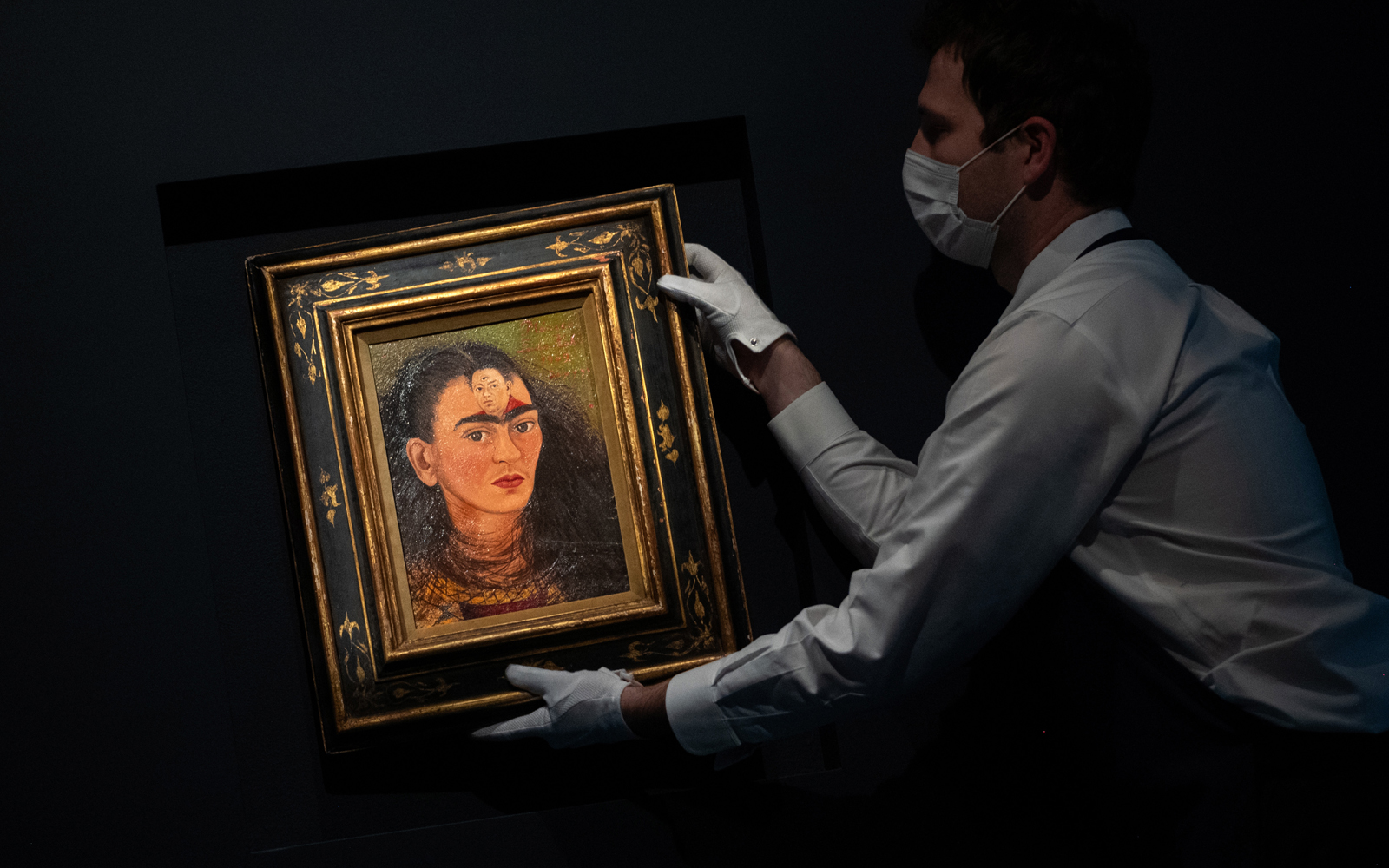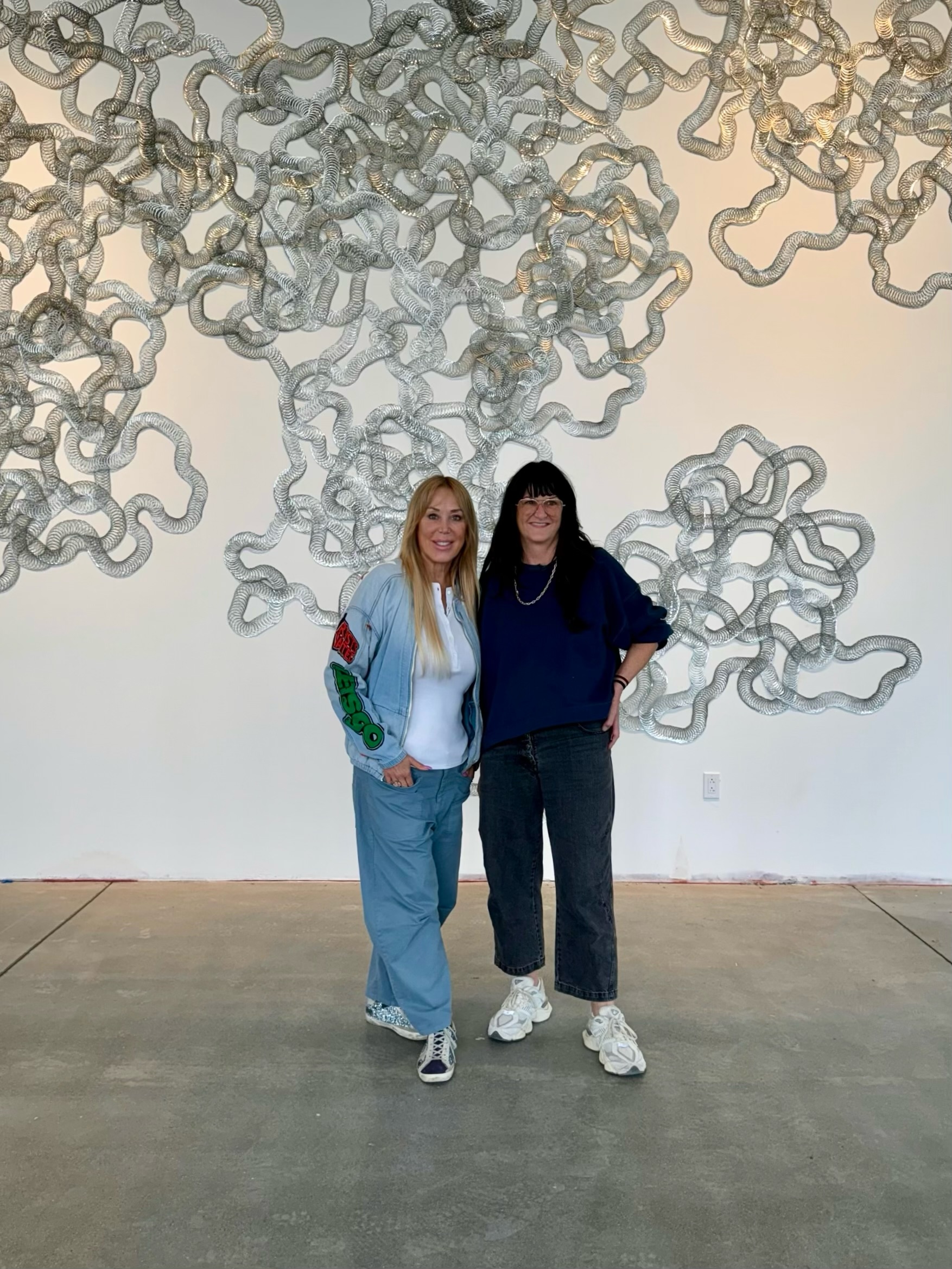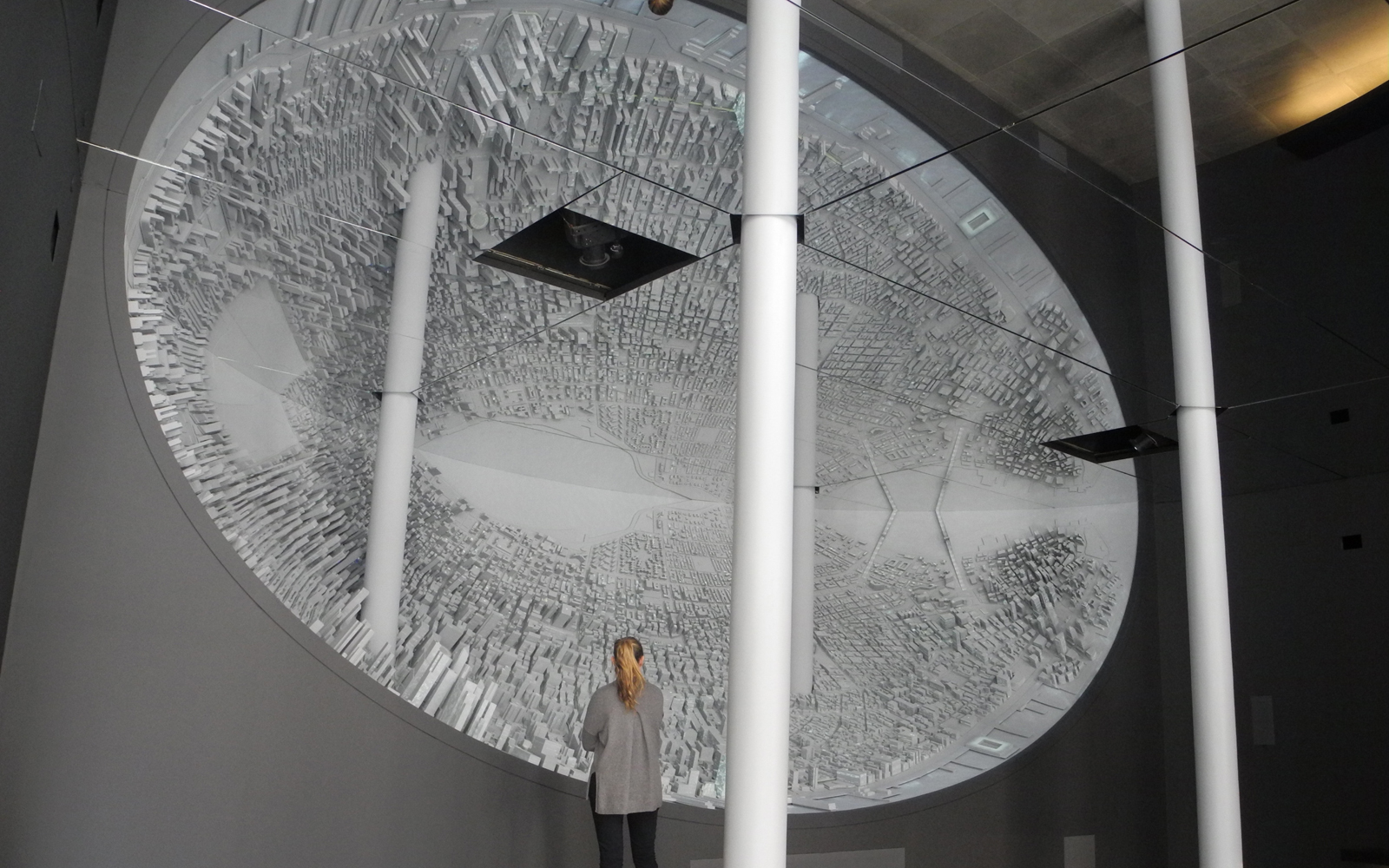When top names from the real estate world flocked to art world events like last year’s Miami’s Art Week, it wasn’t just brokers hoping to rub elbows with potential clients from the 1 percent of the 1 percent or developers fashioning themselves as elite tastemakers seeing and being seen by other such trendsetters.
Rather, the presence of developers like Michael Shvo and Craig Robins, who held events, and of big residential brokers walking the galleries, showed how much insiders in both the art and real estate industries value the intersection of their worlds.
“People really live and breathe luxury for projects, [and] it’s part of their life as well,” Emily Santangelo, a fine art dealer and consultant who helps both individuals and real estate developers curate their collections, said.
This alignment isn’t exactly new. Real estate development is at its core putting up walls, and walls need adornment. Various Sotheby’s and Christie’s real estate franchises have long leaned on their art world names to help distinguish themselves to agents and buyers. Even New York City’s High Line, the walking path on former train tracks in Chelsea and Midtown, has mixed art installations into its plantings, adding value to the luxury condominiums that surround it. (Santangelo commissioned and installed “Urban Rattle,” the one permanent piece on the High Line, for Toll Brothers.)

But as real estate’s art lovers bring their hobby into their businesses, new patterns are emerging, with developers collecting more than ever, both at home and for work.
For many high-end buyers, turning a house into a home means adding art — but not just for the décor.
“I have private clients where the art within their home is worth 10 times the value of their property,” Santangelo said.
Many such collectors are real estate industry titans. There is the infamous Macklowe art collection, the newly accessible Soloviev collection and Miami’s Pérez Art Museum, after developer Jorge. Real estate moguls pack the boards at New York’s finest institutions; the Metropolitan Museum of Art’s Met Real Estate Council Benefit is the event of the season. Aby Rosen and Bruce Eichner are other major developers who are also serious art lovers, Santangelo said.

From her perspective, the personal collectors are primed to be excellent art clients, more amenable to spending on something amazing for their projects.
For a recent engagement with one apparent art-appreciating developer in Boston, Santangelo oversaw the installation of a giant wall of Slinkys — the toy — by artist Tara Donovan for a life sciences project from Greystar.

In general, longtime clients understand the value of what they’re buying, she said. But it’s not always easy to get the pencil pushers to agree.
Clients are sometimes unsure of the budget. “Do we need to spend $100,000 on that wall?” they have asked her, “or are we okay to spend $50,000?”
But over time she noted that even skeptical developers have grown their line items for art. Equity Residential, an early client, kept upping its budget from project to project.
“They realized, the better the quality, the faster the lease-up,” she said. “When you talk about lifestyle – if I choose to rent or own in a building, I want to walk through that threshold, and I want it to be representative of who I am.”
Can’t paint over it
Before art in new developments was as cool as it is today, HFZ Capital principal Ziel Feldman planned a permanent gallery at the XI, commissioned a “trippy” gallery show from artist Es Devlin and Bjarke Ingels based on the towers, and filled the firm’s offices with unique pieces.

“That was instrumental in showing who they are and, when they would have investors come in, it was impressive. Very much the way Deutsche Bank, UBS, Bank of America, they all have impressive collections in their office,” Santangelo said.
For a developer like HFZ, whose high-end projects required that the firm’s principals be seen as purveyors of luxury, that reputation could have been priceless.
The firm then fell apart, with Nir Meir ending up at Rikers Island — art can’t paper over poor management or misdeeds.
But the cultural cachet that comes with an amazing private collection, or even a well-curated art program in a condo, is powerful. With enough perseverance and cash almost anyone can snag a good restaurant reservation or buy a flashy watch. Knowing your Rothkos from your Miros signals to potential clients, lenders or partners that you have a higher tier of luxury expertise.
Santangelo believes anyone in the real estate industry can build up this knowledge base.
Those looking to break into the collecting world can start small, looking for “selections that will be timeless, not of the moment.”
“Don’t buy art on a cruise,” she warned.
It can be harder than it seems to pick today what’s going to be timeless and what’s tacky. But of course, you can always do exactly what anyone in the industry would recommend – get a good broker.
